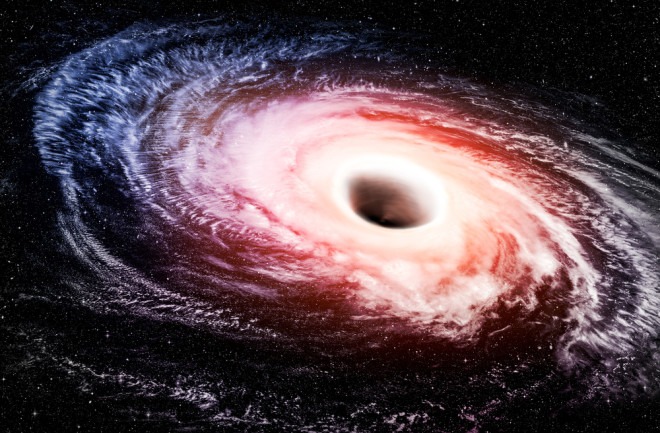The Galaxies’ Formation Mystery Unraveled by the Black Hole Theory
Astronomers Uncover Supermassive Black Holes in the Cores of Many Galaxies, Including Ours, with an Emerging Theory to Elucidate the Mystery.

In the realm of astronomy, a significant enigma revolves around the formation of galaxies. The central question is why stars tend to congregate into ‘island universes’ rather than dispersing uniformly throughout the cosmos.
One intriguing hint arises from the fact that the majority of galaxies house immense black holes in their cores. This has given rise to the theory that galaxies take shape around these black holes, which serve as foundational elements for this phenomenon.
However, a perplexing issue arises with this notion. If it holds true, there must be a mechanism preventing stars from plunging into black holes during their formation, yet the precise nature of this safeguard remains an elusive mystery.
The Winds of Transformation: A Novel Theory Illuminates the Process of Black Holes and Galaxy Formation
A recent black hole theory, as articulated by Stephen Adler of Princeton University in New Jersey, offers a fundamental mechanism for how central black holes can trigger the formation of galaxies.
Adler’s innovative hypothesis is rooted in the interactions between black holes and the mysterious dark energy that astronomers believe permeates the universe. According to this theory, dark energy prompts black holes to release matter, generating a particle “wind” that streams outward.
When this particle wind collides with incoming matter, momentum is negated, leaving the resulting products of the collision at a specific distance from the black hole. It is this matter that eventually coalesces into stars.
This concept holds the promise of shedding light on the longstanding enigma of how galaxies come into existence and underscores the crucial role played by black holes in this process.
Nevertheless, Adler himself acknowledges that further development of his theory is necessary. Notably, his initial calculations center on non-rotating black holes, which are more tractable from a theoretical standpoint. A deeper exploration is required to understand how a rotating black hole might generate such a “wind.”
Additionally, the theory must address the challenge of accounting for the angular momentum that stars must acquire to enter into orbit around a black hole. Adler has identified these and other issues that his theory must confront.
Regarding observational evidence, if Adler’s theory holds true and black holes indeed emit a “wind” as proposed, astronomers should be able to detect signs of this phenomenon, potentially even within our own galaxy, which houses the supermassive black hole known as Sagittarius A* at its core. Determining the nature of this evidence is a critical consideration for Adler.
Moreover, the process of star formation in close proximity to black holes should be observable, particularly for the first generations of stars in the early universe. Nevertheless, this early epoch remains hidden from the view of current astronomers.
Fortunately, the launch of the James Webb Space Telescope, earlier this month, presents a hopeful prospect. This advanced telescope is equipped to study these early universe conditions. As it embarks on its observation missions later this year, Adler may gain a clearer understanding of what to seek in terms of evidence.”
Ref: Mechanism By Which a “Leaky” Black Hole can Catalyze Galaxy Formation : arxiv.org/abs/2112.12491
This article is republished from DiscoverMagazine under a Creative Commons license. Read the original article.
Do not forget to share your opinion with us to provide you with the best posts !




0 Comments